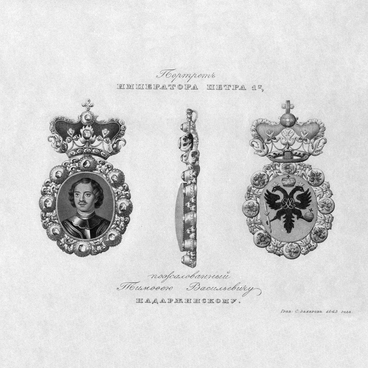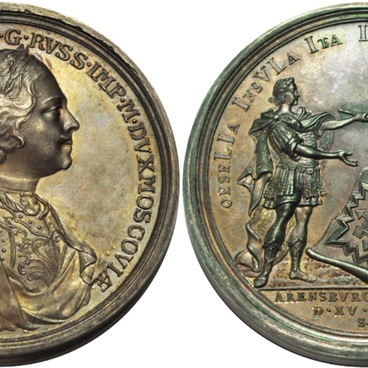The Great Northern War, the maintenance of the army, the construction of the fleet, and major state reforms required large expenses. The existing tax system, which regularly led to arrears, did not suit the tsar-modernizer, as did the coinage of “denga” (half of a kopeck) of unequal shape and weight.
In accordance with the monetary reform of Peter I, the type and weight of minted coins were standardized. There were silver rubles (strictly 100 kopecks or 200 dengas each), halves and quarters (50 and 25 kopecks, respectively), grivnas (10 kopecks) and “pyataks” or “ten dengas” (5 kopecks), as well as exchangeable copper money, polushka and half-polushka. Instead of denga, the kopeck became the main monetary unit, the very concept of “coin” came into use.
The implementation of the monetary reform entailed the development of the raw material base, which manifested itself in the search for new deposits of precious metals and copper with the increase in their extraction, and the improvement of coin-production technologies borrowed from the Europeans. Mints received devices dedicated to specific tasks like flattening metal strips, cutting out circular pieces of the desired diameter, reeding (applying an inscription or pattern to the edge of the coin) and minting. Coins made of copper, silver and gold had the image of the reigning monarch.
In May–June 1717, Peter I visited France. Although the main reason for this visit was to create a military alliance, the tsar wished to get acquainted with the Arsenal, the Paris Observatory, the French Academy of Sciences, the Botanical Garden and other attractions. He also visited the Monnaie de Paris (Paris Mint). There, in the presence of Peter, commemorative medals with his portrait were made: golden ones — for the tsar and the most notable representatives of his retinue, silver ones — for other officials.
Two craftsmen worked on the production of the original medal stamps. The French medallist Jean Duvivier cut out the obverse side, using his own sketches from life. Michael Roeg from Denmark created the reverse side with the winged goddess of Glory flying against the background of the rising sun. In her hands, she holds a trumpet and a banner depicting St. George.
The medal on display with the same plot was minted in the second half of the 18th century by Russian medallists Timofey Ivanov and Samoyla Yudin.
All inscriptions on the medal
— on the edge, under the trim and on the top of both sides — are in Latin.


